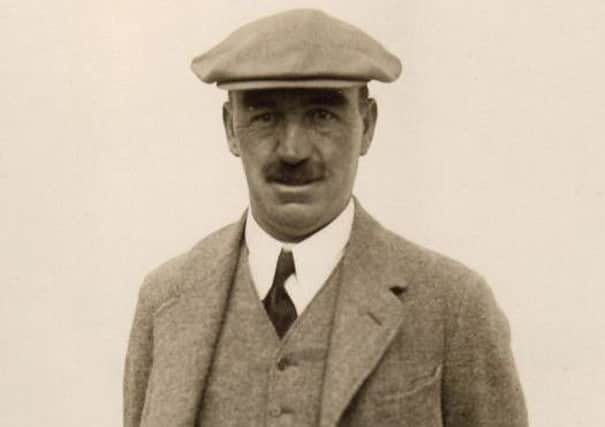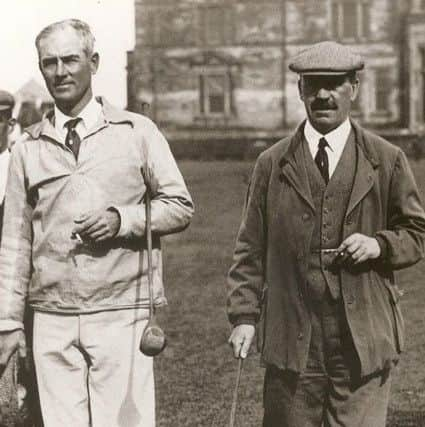On this day in 1870: Golf course designer Alister MacKenzie is born


Despite being born in Yorkshire, MacKenzie’s roots in Scotland - and his regular holidays near Lochinver - helped shape his career.
Three of his designs made the top 10 golf course in the world in 2016 - US courses Augusta National and Cypress Point Club as well as Royal Melbourne Golf Club (West Course) in Australia.
Advertisement
Hide AdAdvertisement
Hide AdHe had originally followed in his father’s foosteps, graduating from Cambridge and Leeds with degrees in Medicine, Chemistry and Science prior to joining the family’s medical practice in Leeds.


He joined a Territorial Unit of the Somerset Light Infantry and later served as a civilian doctor with the British Army during the Boer War.
MacKenzie had been a member of many golf clubs near Leeds, and it was during the early 1900s that he took his first steps into golf course design.
In 1907, he helped establish The Alwoodley Golf Club - where he served as Honorary Secretary and, later, Club Captain - and remained on its Green Committee until 1930.
But even though MacKenzie drew up plans for the course at Alwoodley, the Committee called in Harry Colt, a leading golf course designer of the time, for a second opinion.


Colt saw promise in MacKenzie’s designs, and talked them up to the Committee - indeed, some of the features became trademarks of MacKenzie’s future design plans.
It wasn’t until 1914 that MacKenzie took his next big step in golf course design, winning a competition run by Country Life to design a golf hole.
Advertisement
Hide AdAdvertisement
Hide AdAfter his victory, MacKenzie took a greater interest in improving the courses at his own clubs, and the following year became a member of the Royal and Ancient Golf Club of St Andrews, after charting the legendary Old Course.
But the outbreak of World War I interrupted MacKenzie’s increased interest in golf course design, and he was sent to Belgium with the Medical Corps in the early stages of the conflict.
MacKenzie eventually relinquished his medical duties, instead taking up a role with the Royal Engineers in London, where he taught camouflage techniques.
Although he returned to medicine after the end of the war, he felt his future lay in golf course design and gave up his medical duties.
It wasn’t a hasty decision, however - the man dubbed the ‘Course Doctor’ felt that golf had many benefits for those suffering from various ailments, and is reported to have said: “How frequently have I, with great difficulty, persuaded patients who were never off my doorstep to take up golf, and how rarely, if ever, have I seen them in my consulting rooms again!”
Initially forming a London-based firm with Harry Colt and Charles Alison in 1919, by 1923 MacKenzie had chosen to go it alone, and that same year designed his first overseas golf course - Fort Washington Golf & Country Club in Fresno, California.
In the late 1920s, MacKenzie relocated to the US where he continued to design courses - both within the States and further afield.
Advertisement
Hide AdAdvertisement
Hide AdSadly MacKenzie died in 1934 - a mere eight weeks before the inaugural Masters Tournament (then known as the Augusta National Invitational Tournament) was held at Augusta, the last course he had designed - and, by his own admission, his best work.